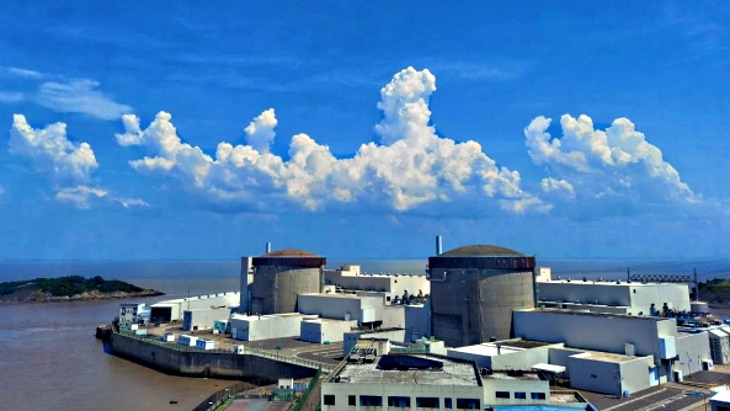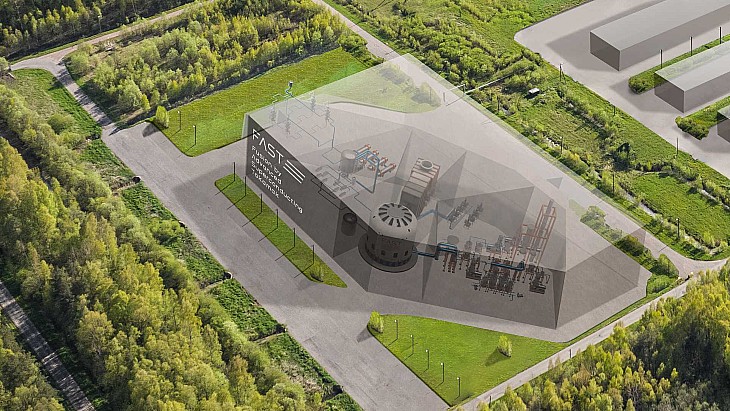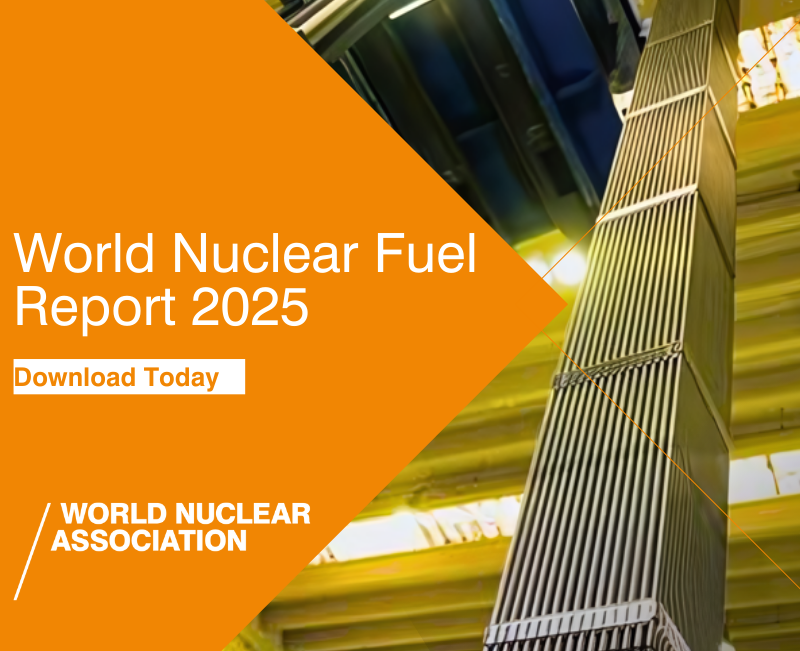During the latest operating cycle, which began on 24 April 2023, Qinshan III unit 1 has generated more than 12.5 billion kilowatt-hours of electricity, equivalent to reducing standard coal consumption by 3.8 million tonnes and reducing carbon dioxide emissions by 9.97 million tonnes, China National Nuclear Corporation (CNNC) noted.
A total of nine Candu-6 reactors are currently in operation around the world. These are units 1 and 2 of Romania's Cernavoda plant, Argentina's Embalse plant, Canada's Point Lepreau plant, units 1 and 2 of China's Qinshan III plant and units 2-4 of South Korea's Wolsong plant.
Candus are pressurised heavy water reactors (PHWRs), which are designed to be refuelled without being shut down. The world record for continuous operation of a nuclear reactor is currently held by Darlington unit 1 in Canada - also a PHWR - which was taken offline on 5 February 2021 after 1106 days of operation.

(Image: CNNC)
Units 1 and 2 of the Qinshan Phase III plant - majority owned by CNNC - use the Candu-6 pressurised heavy water reactor technology, with Atomic Energy of Canada Limited (AECL) being the main contractor of the project on a turnkey basis. Construction began in 1997 and unit 1 started up in September 2002 and unit 2 in April 2003.
The two reactors are now approaching the end of their initial 30-year design life. Operator Third Qinshan Nuclear Power Company is undertaking a programme to refurbish the reactors and associated fuel channels. The refurbishment will allow the Candu units to continue generating power for a further 30 years.
Candu reactors feature a large horizontal calandria vessel with 480 tubes through which cooling water flows at high temperature. Each one has two end fittings which allow it to be isolated so the fuel bundles it contains can be replaced without having to shut down the whole reactor. Refurbishment to prolong the life of the power plant requires all this as well as thousands of auxiliary components to be dismantled.
Article researched and written by WNN's Warwick Pipe

_73139.jpg)



_34792.jpg)
_16403_79272.jpg)



_76087_55556.jpg)



